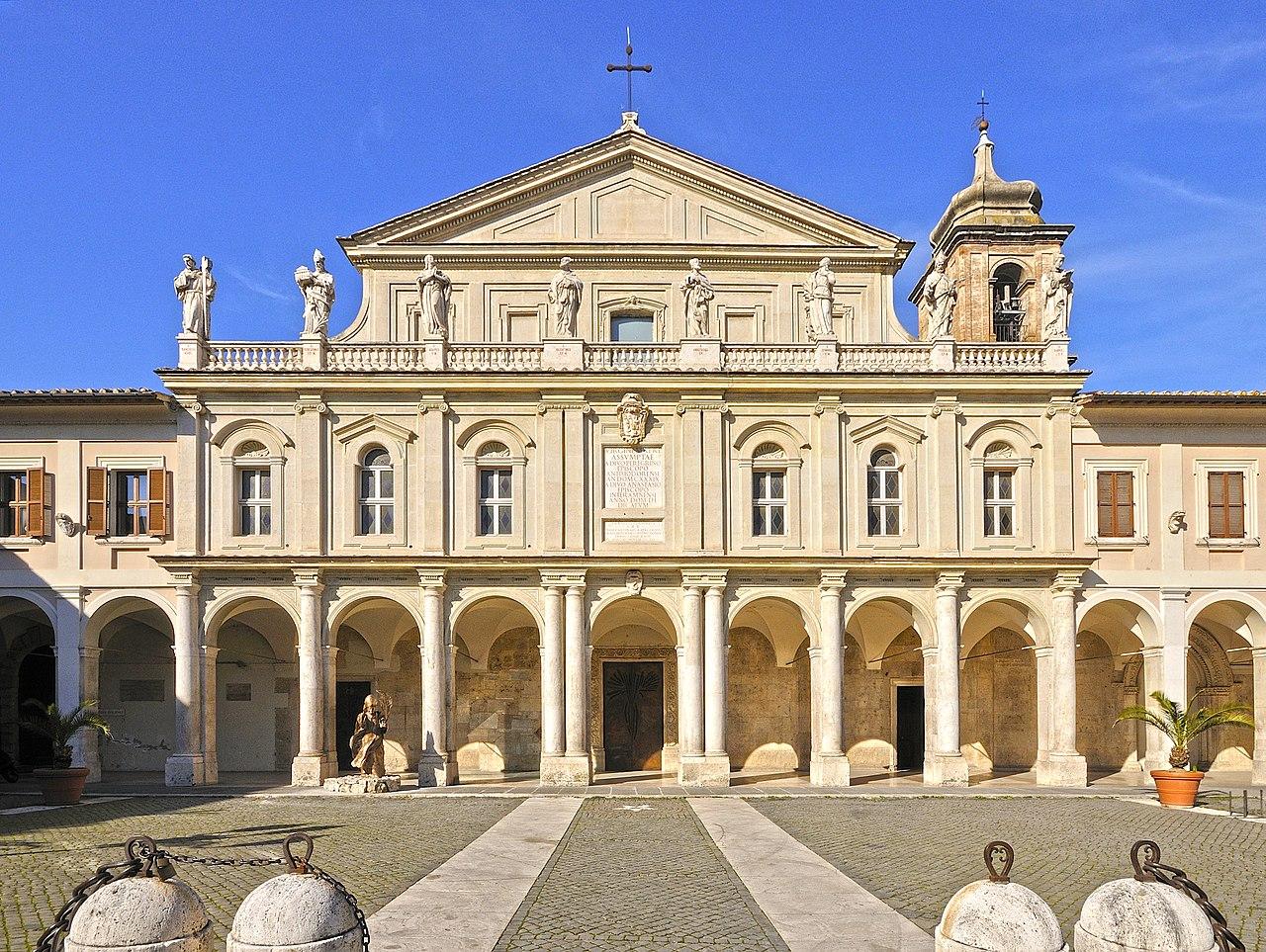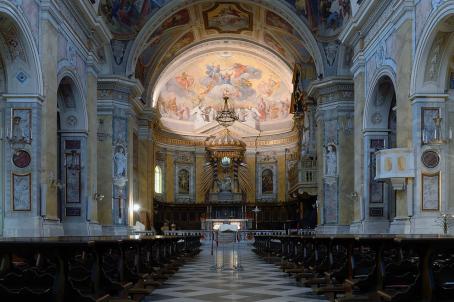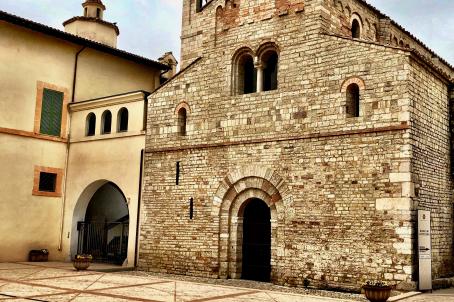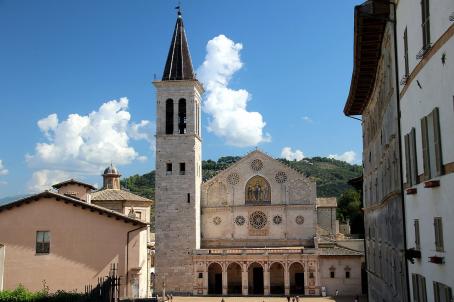Terni Cathedral

Local tradition tells us that the first cathedral of Terni, corresponding to the crypt, was built on the remains of a pagan Roman temple by the holy bishop Anastasius of Terni in the 6th century. In the 9th century, renovation work was carried out on the crypt and the cathedral, which was resumed in the 12th century. Little remains of the Romanesque cathedral today, due to the modernisation work carried out in the 16th and 17th centuries according to the tastes of the time.





